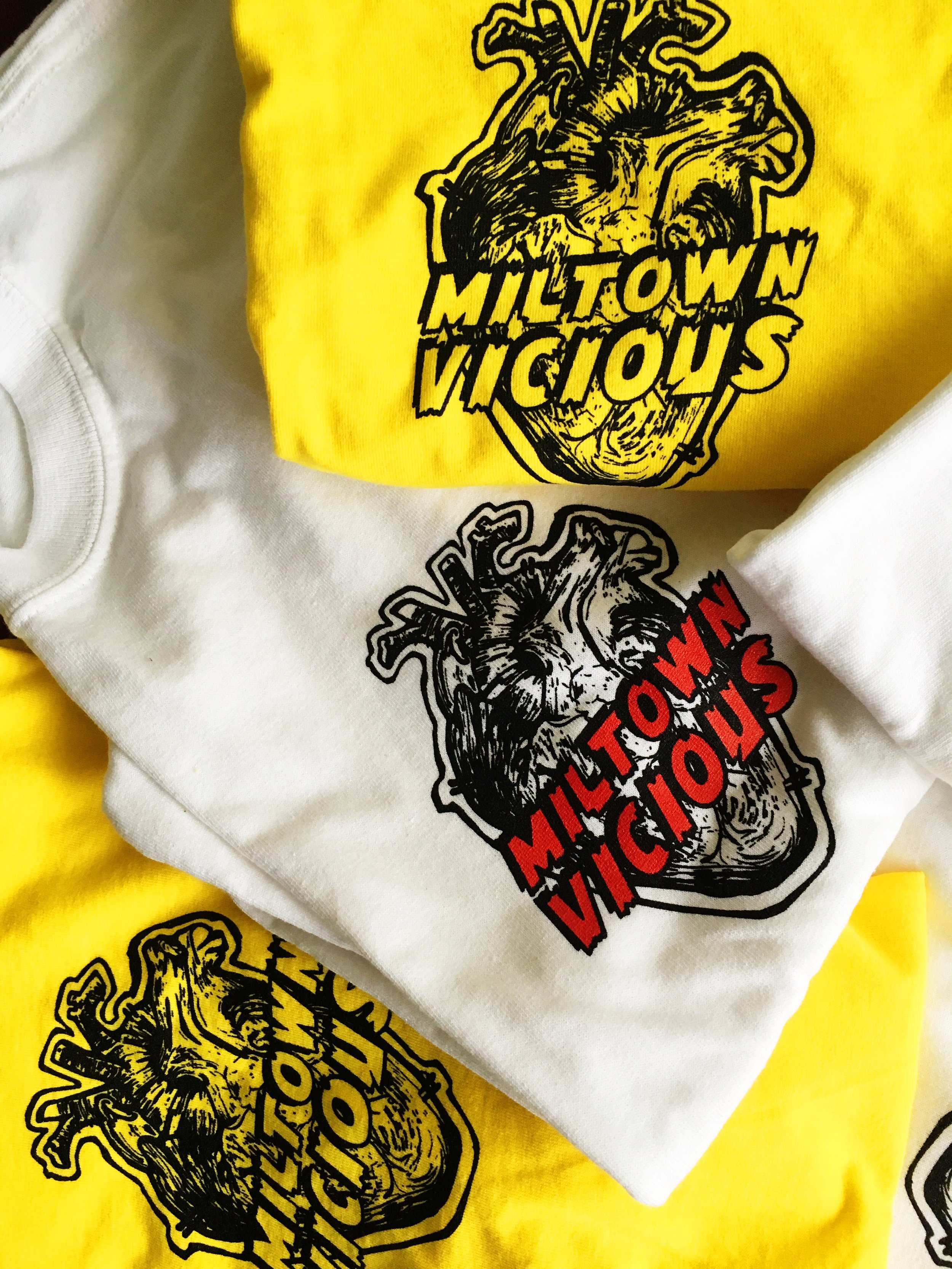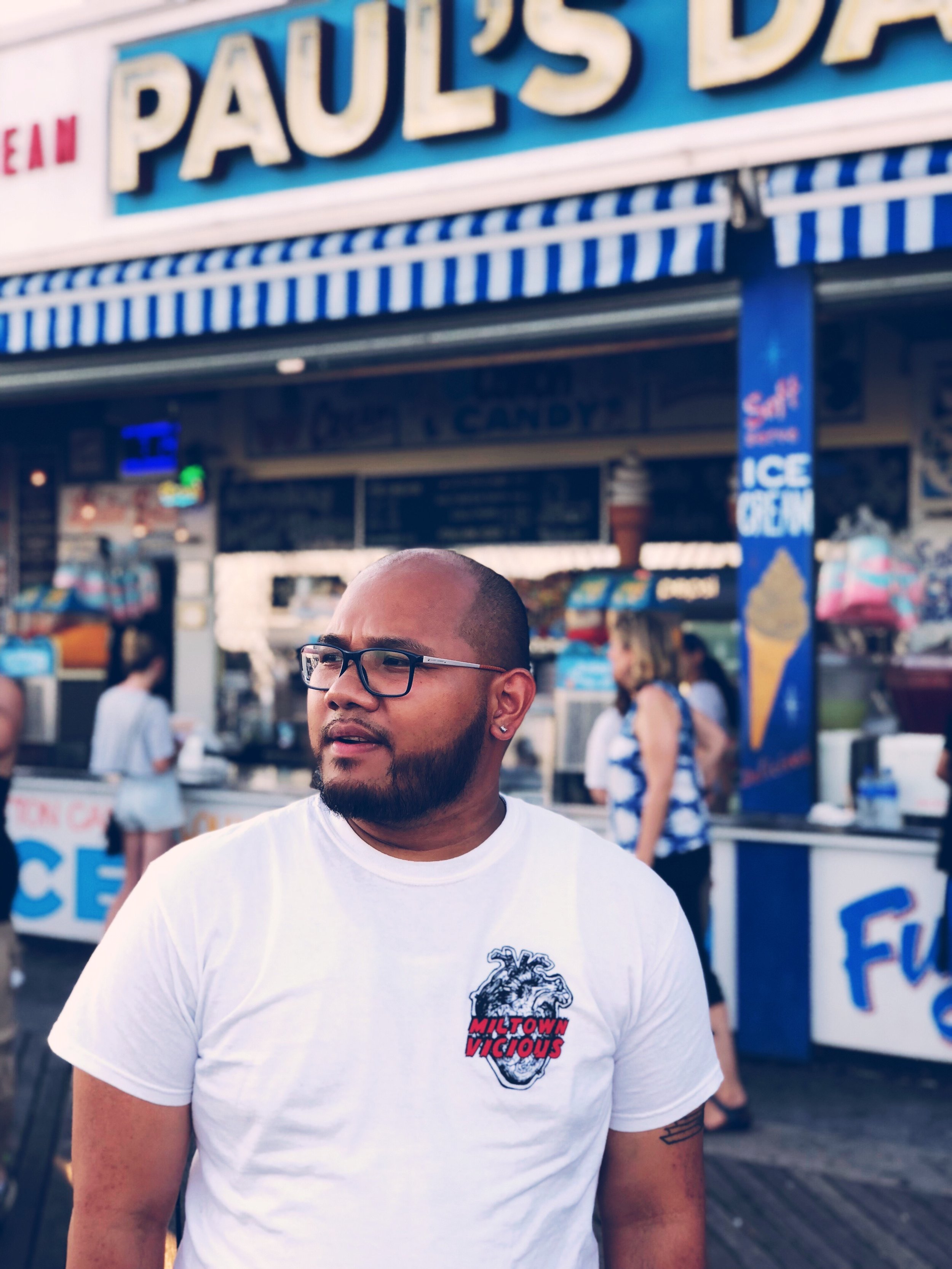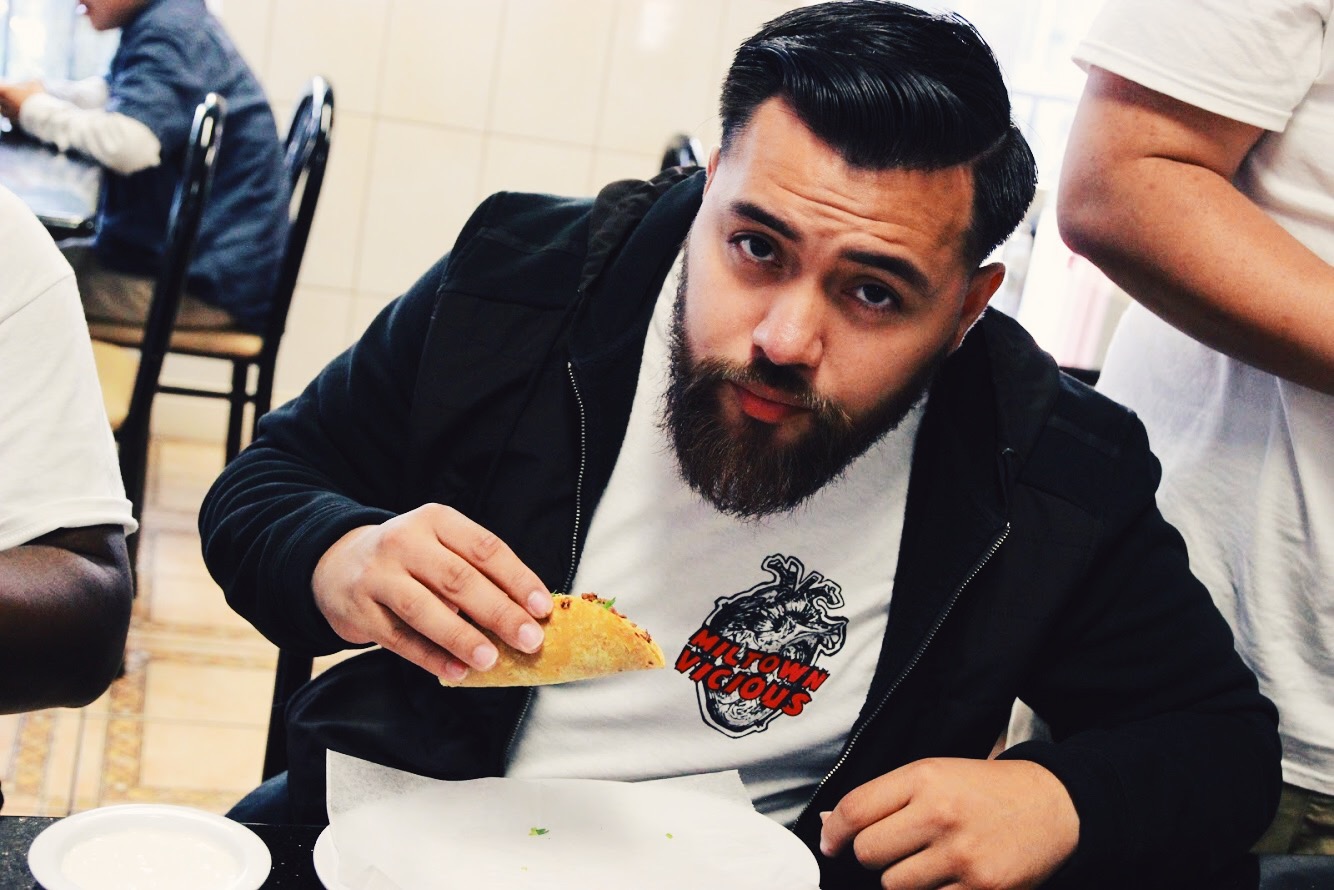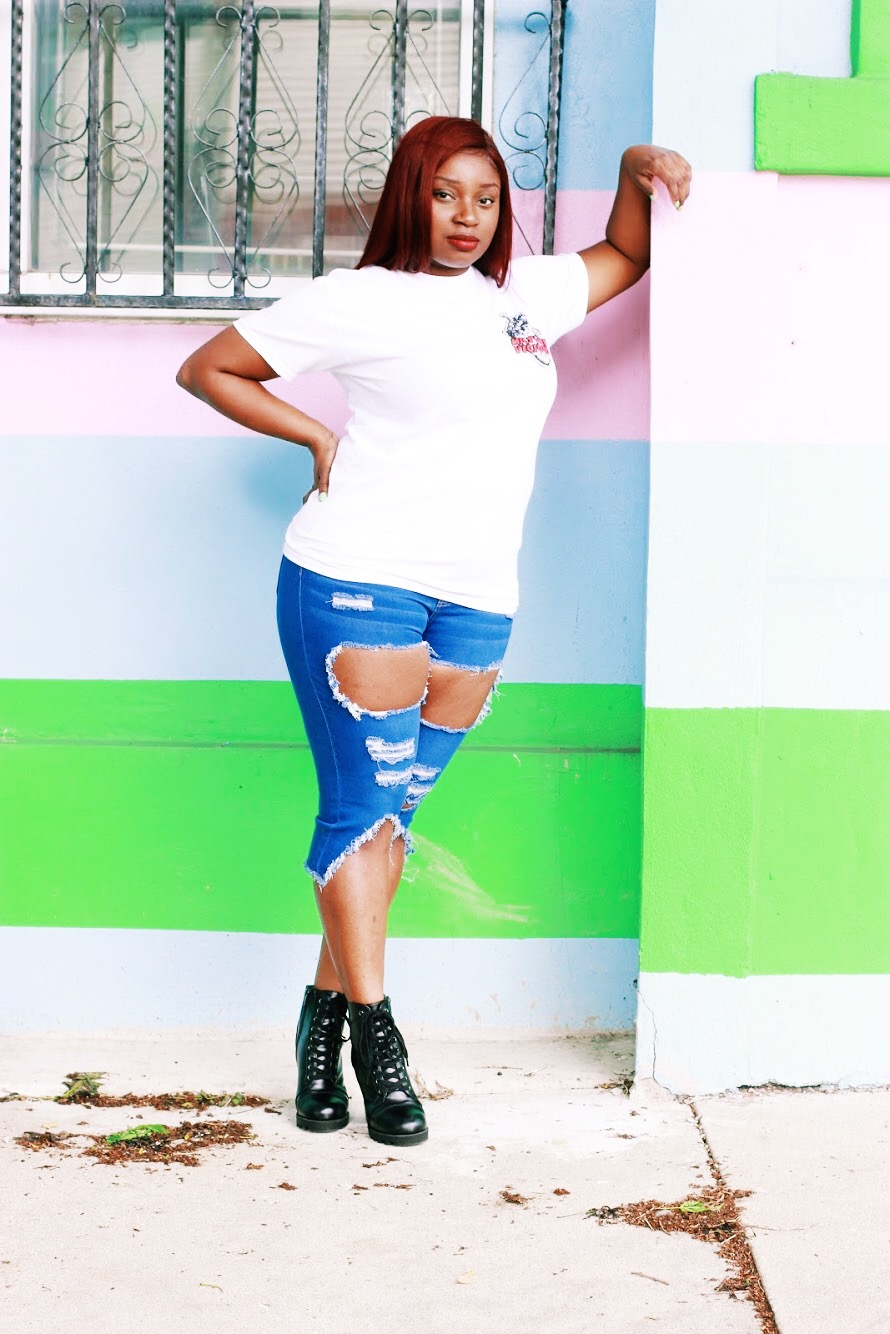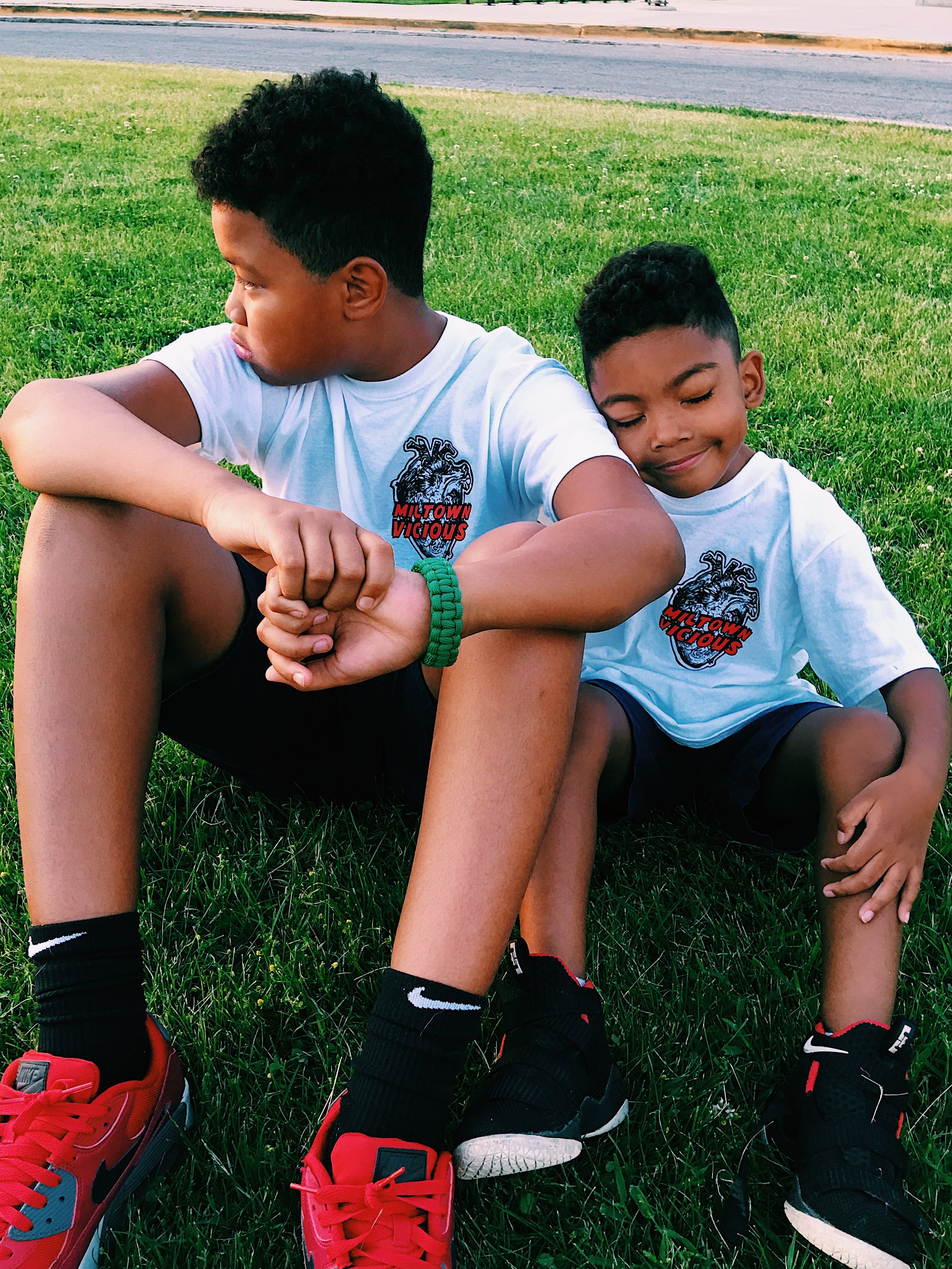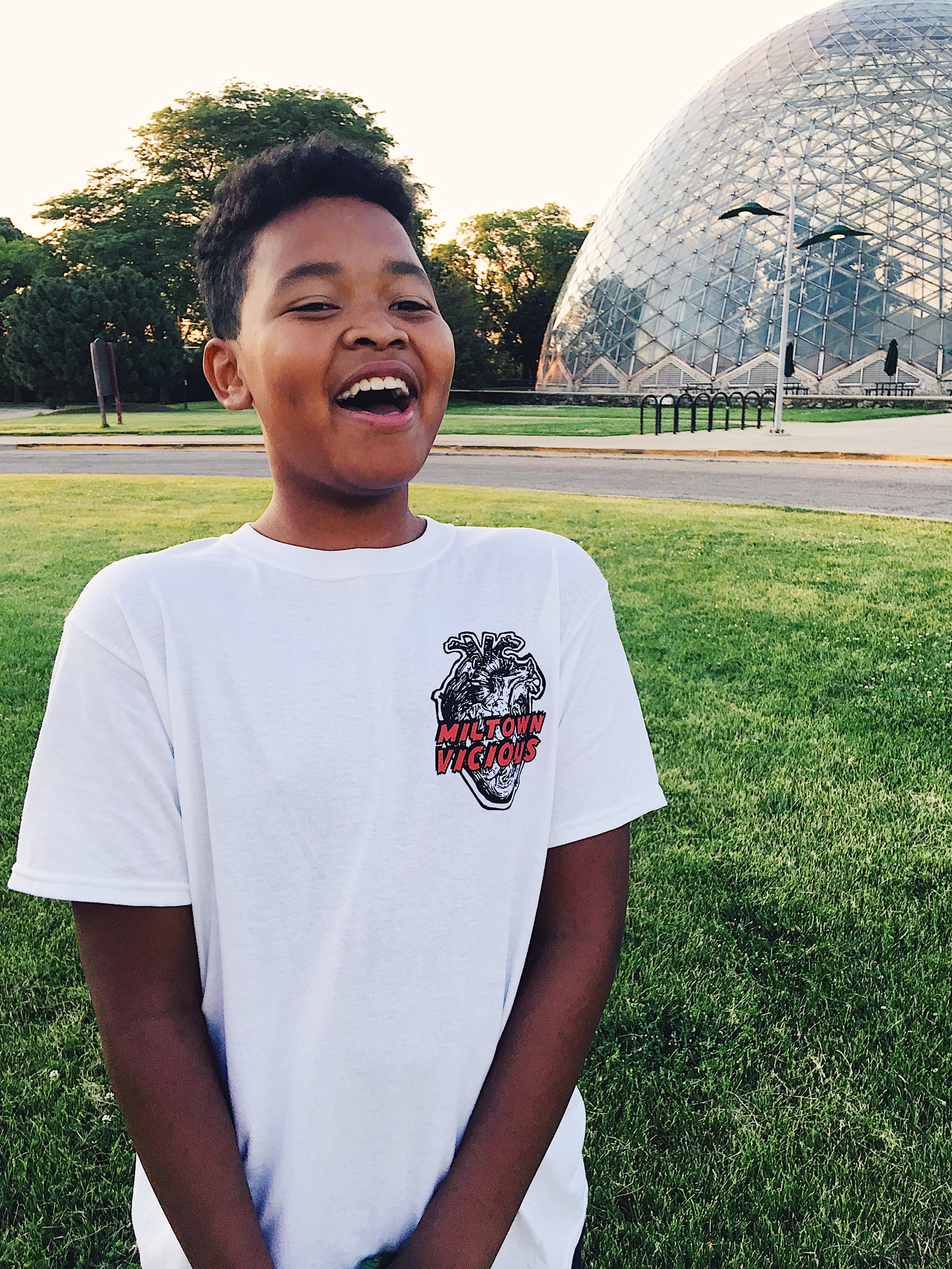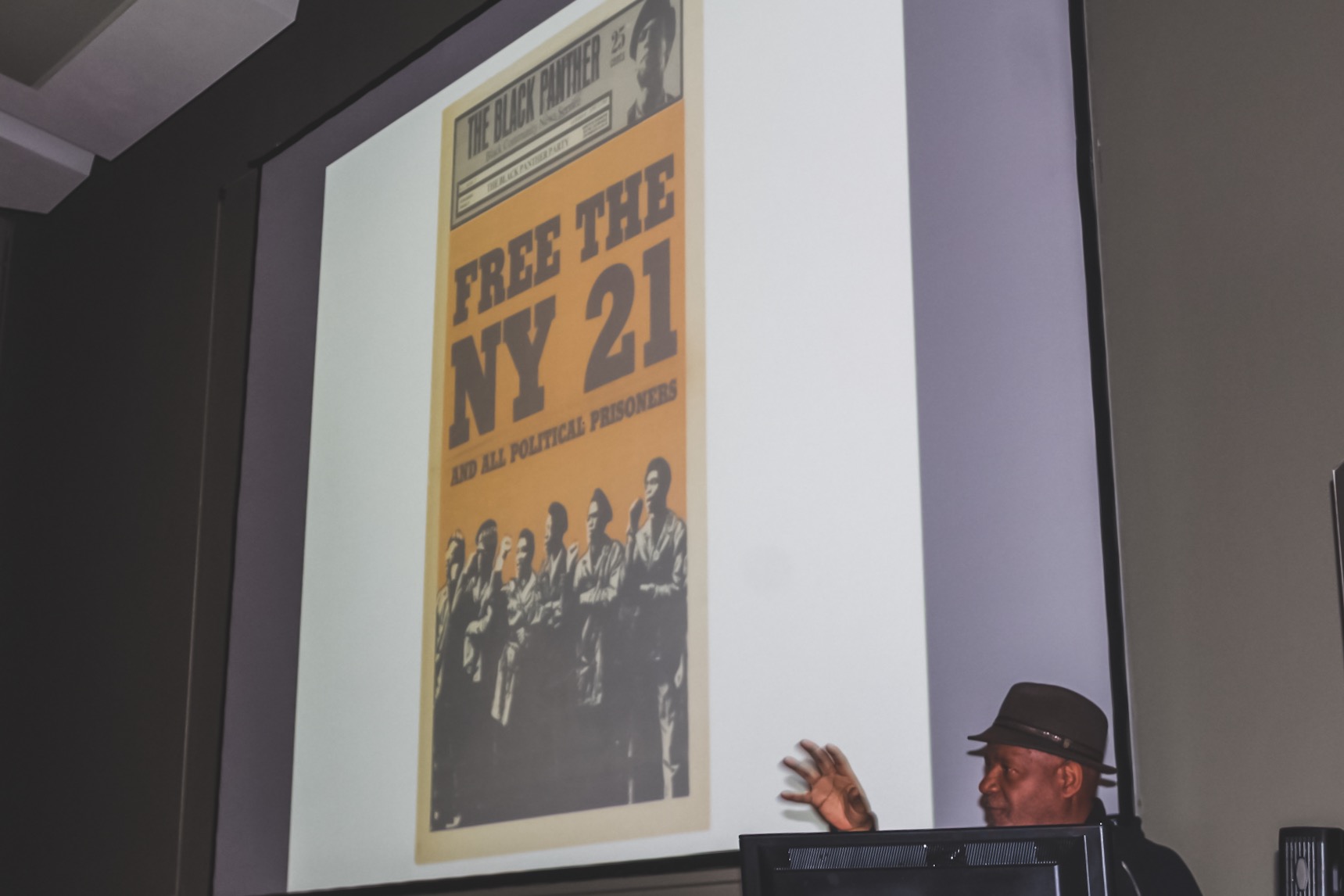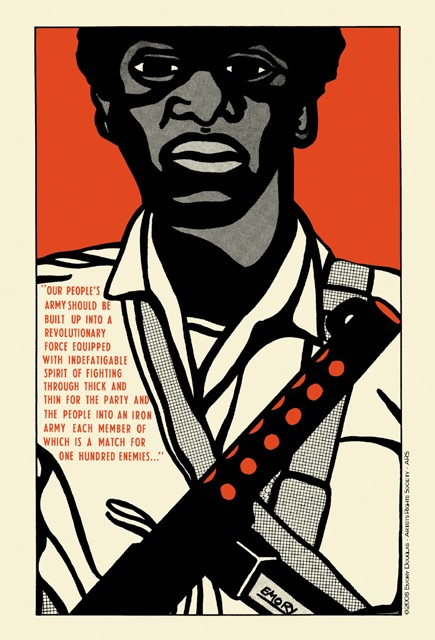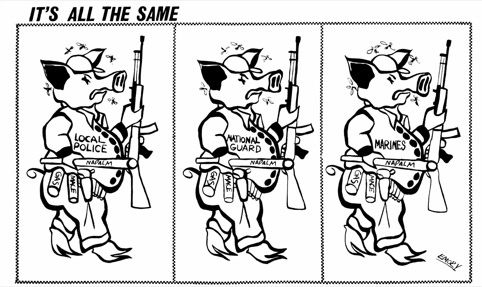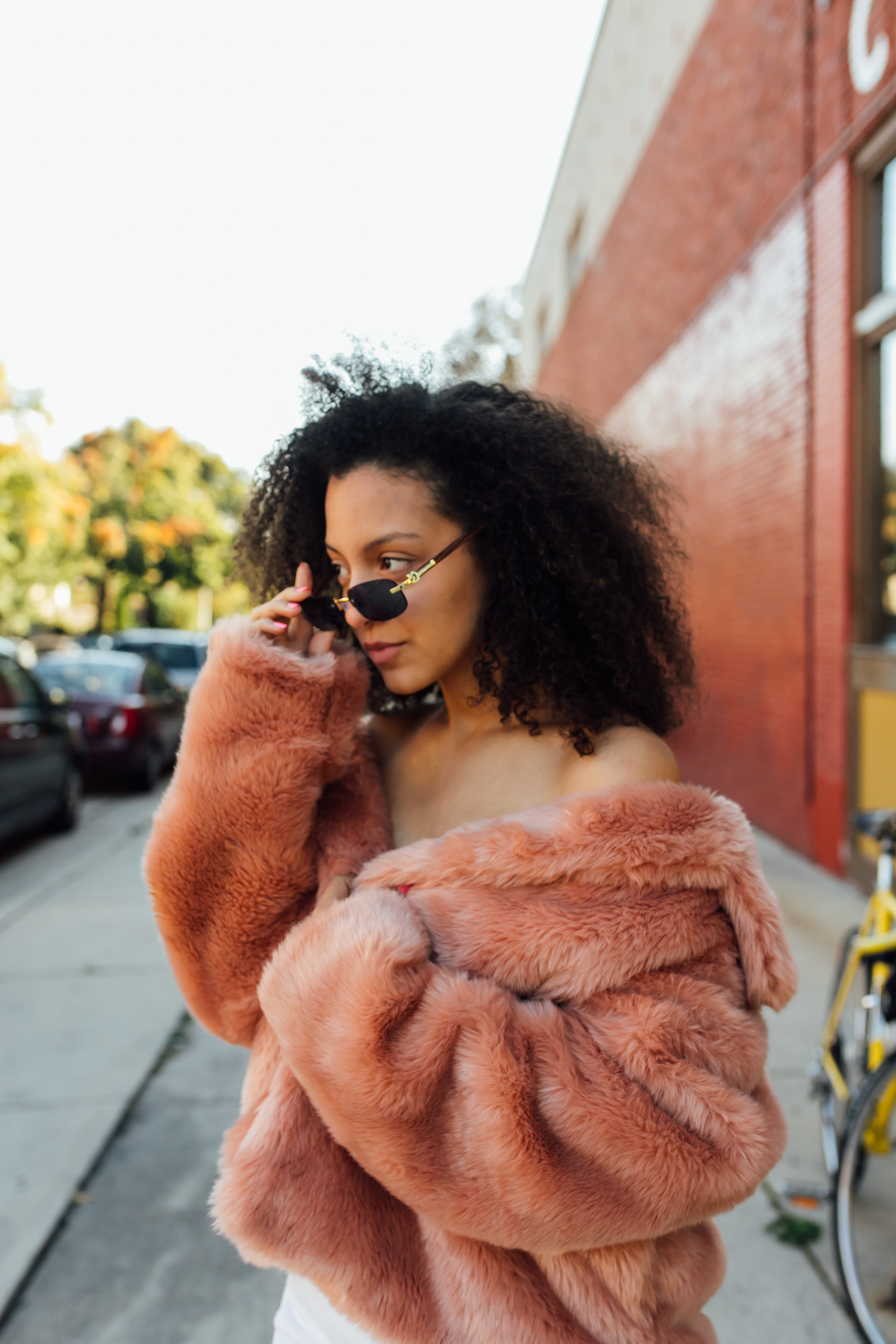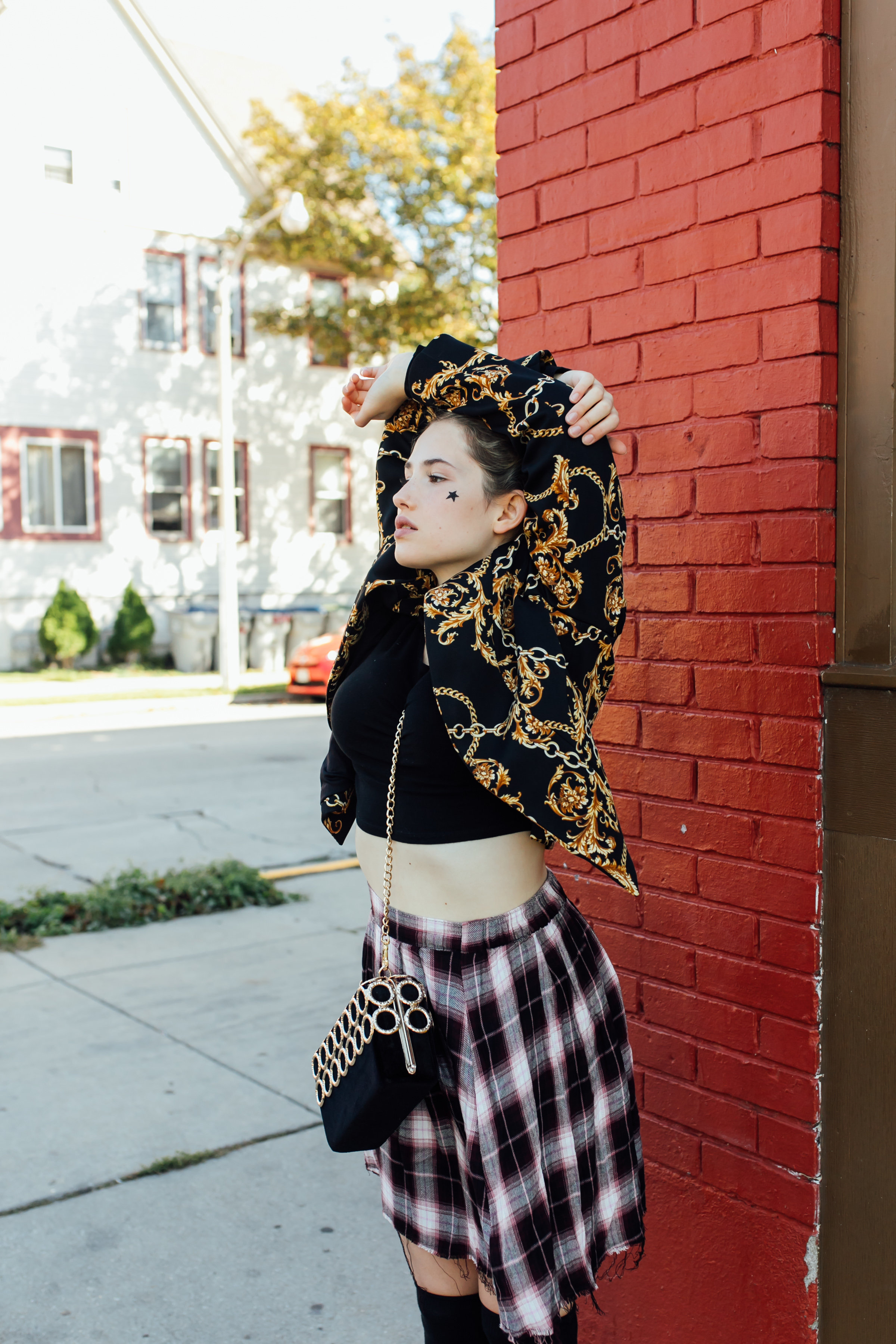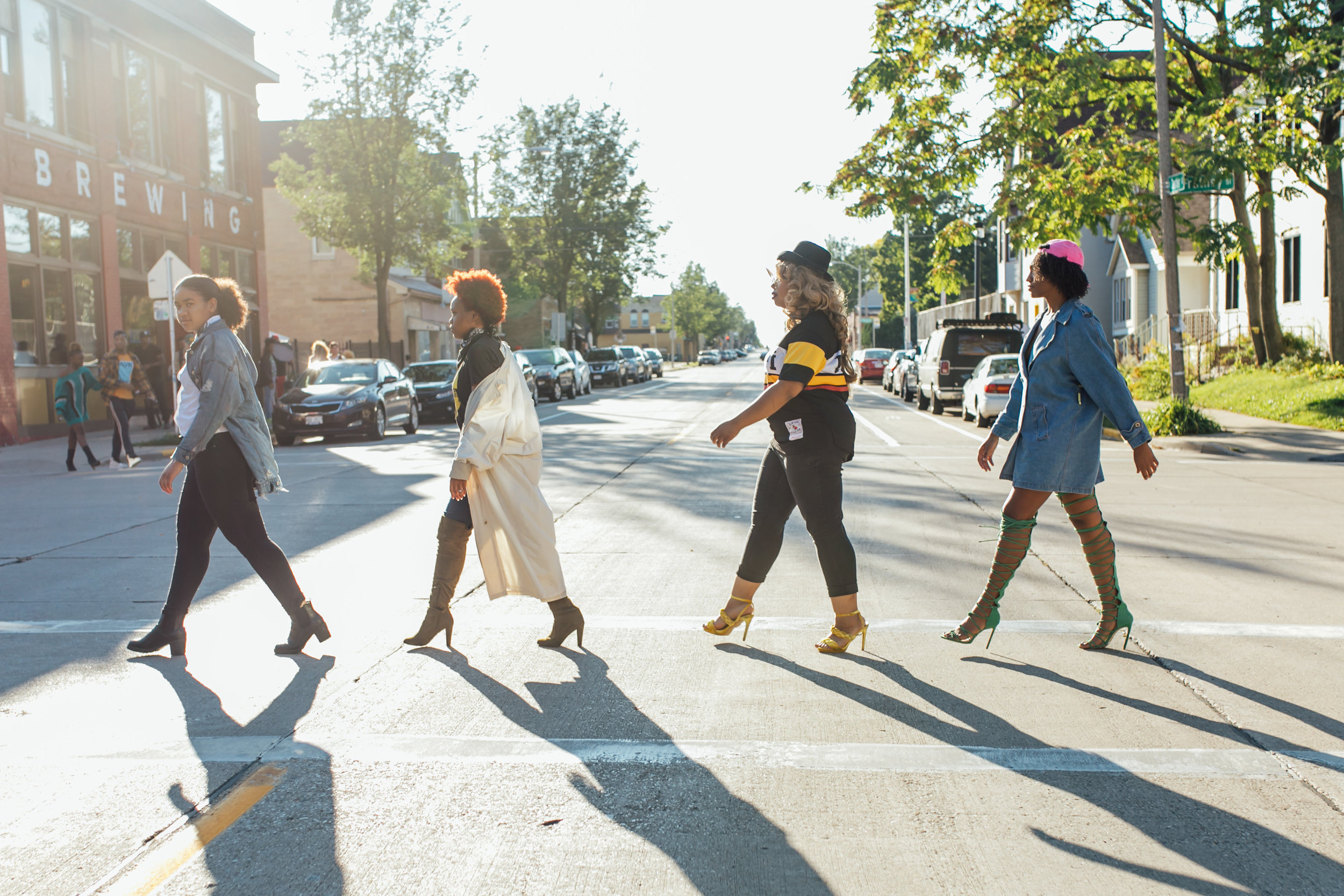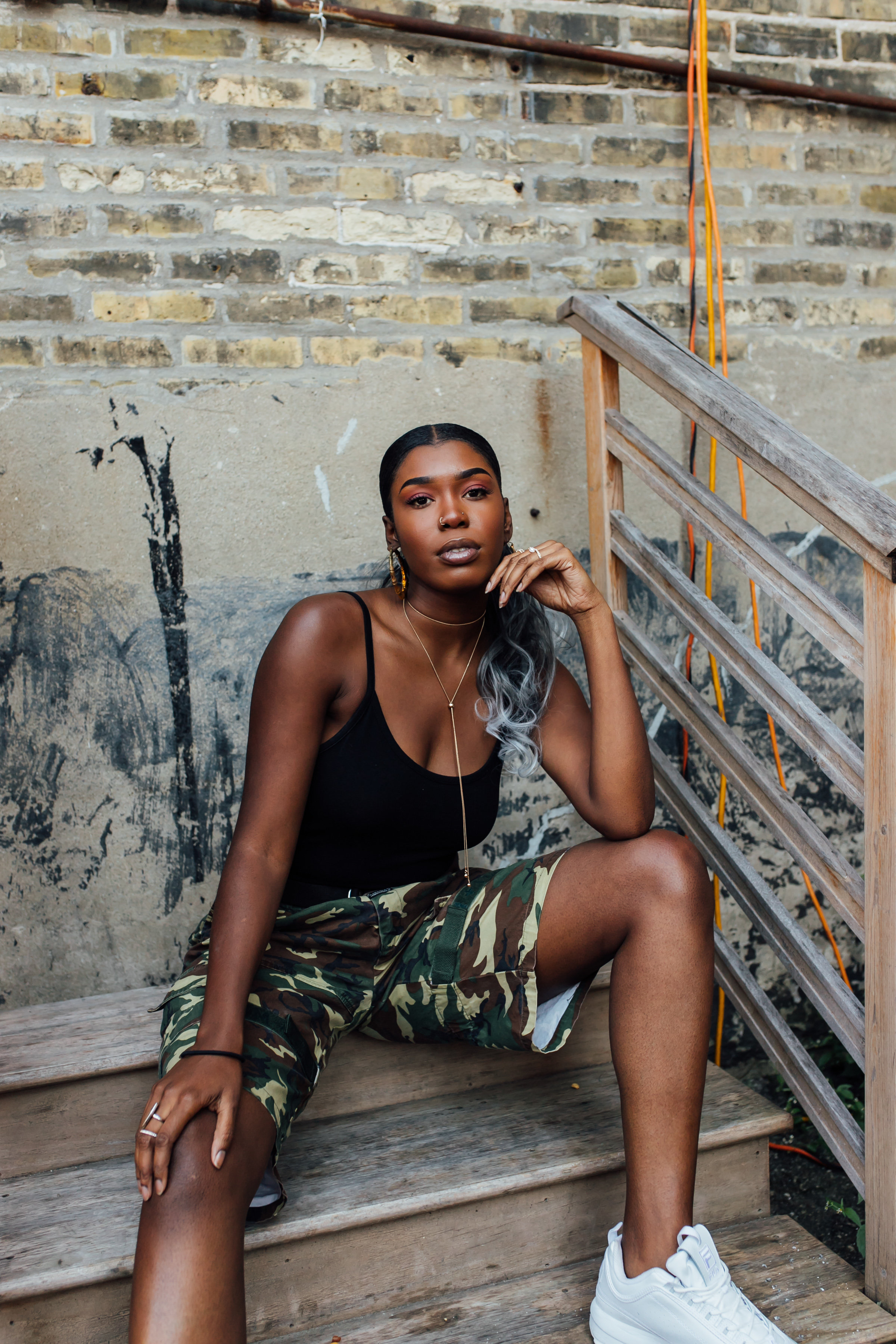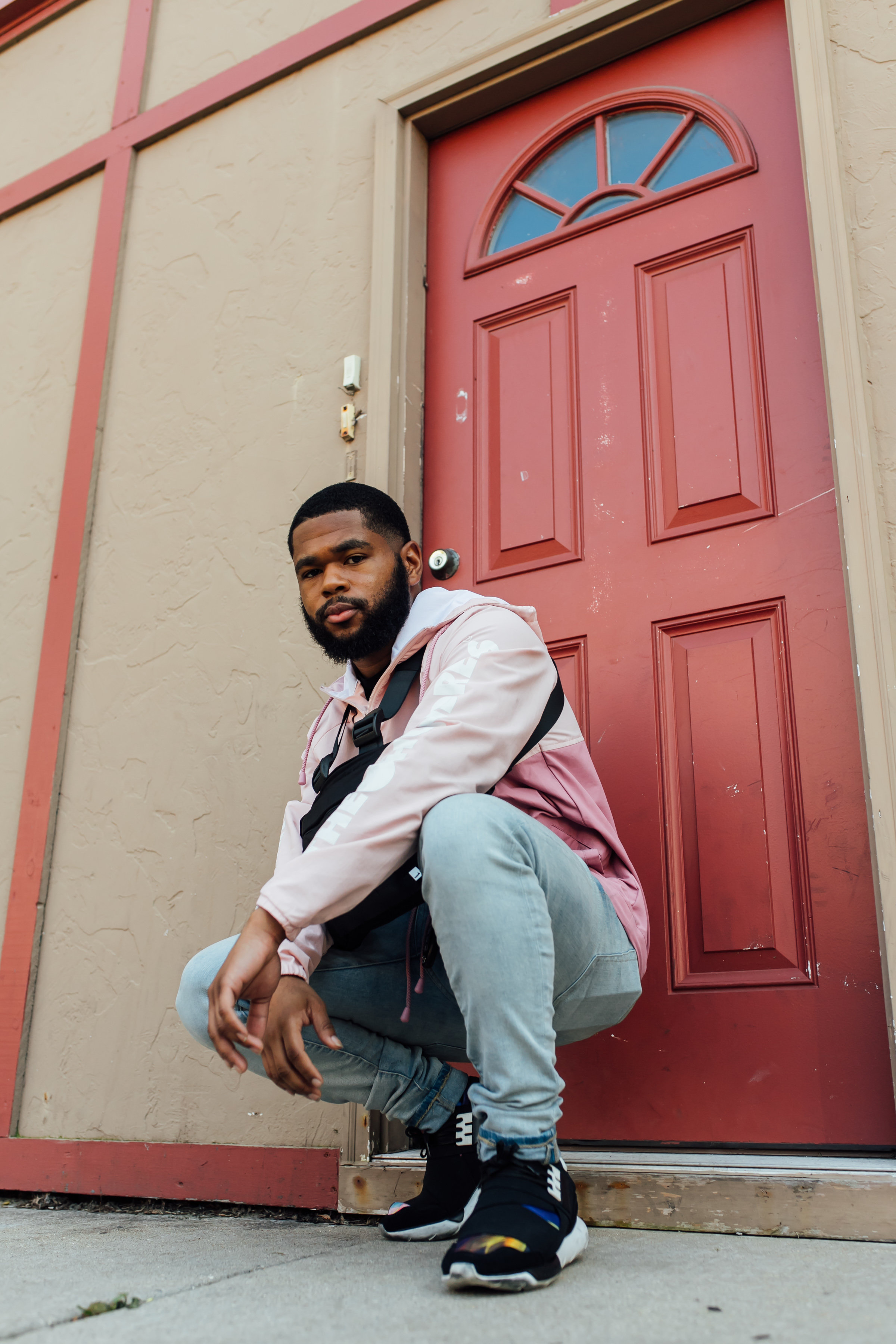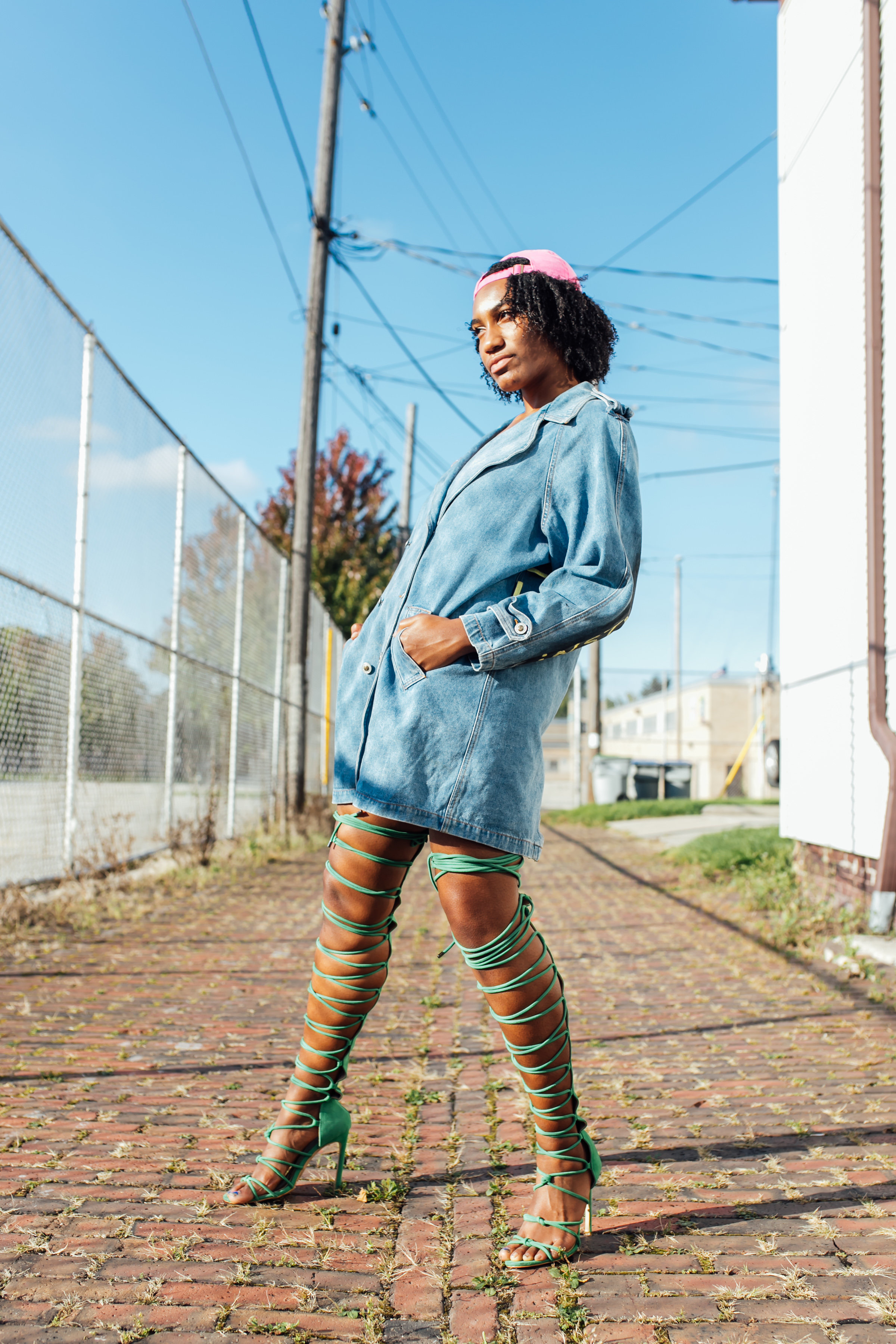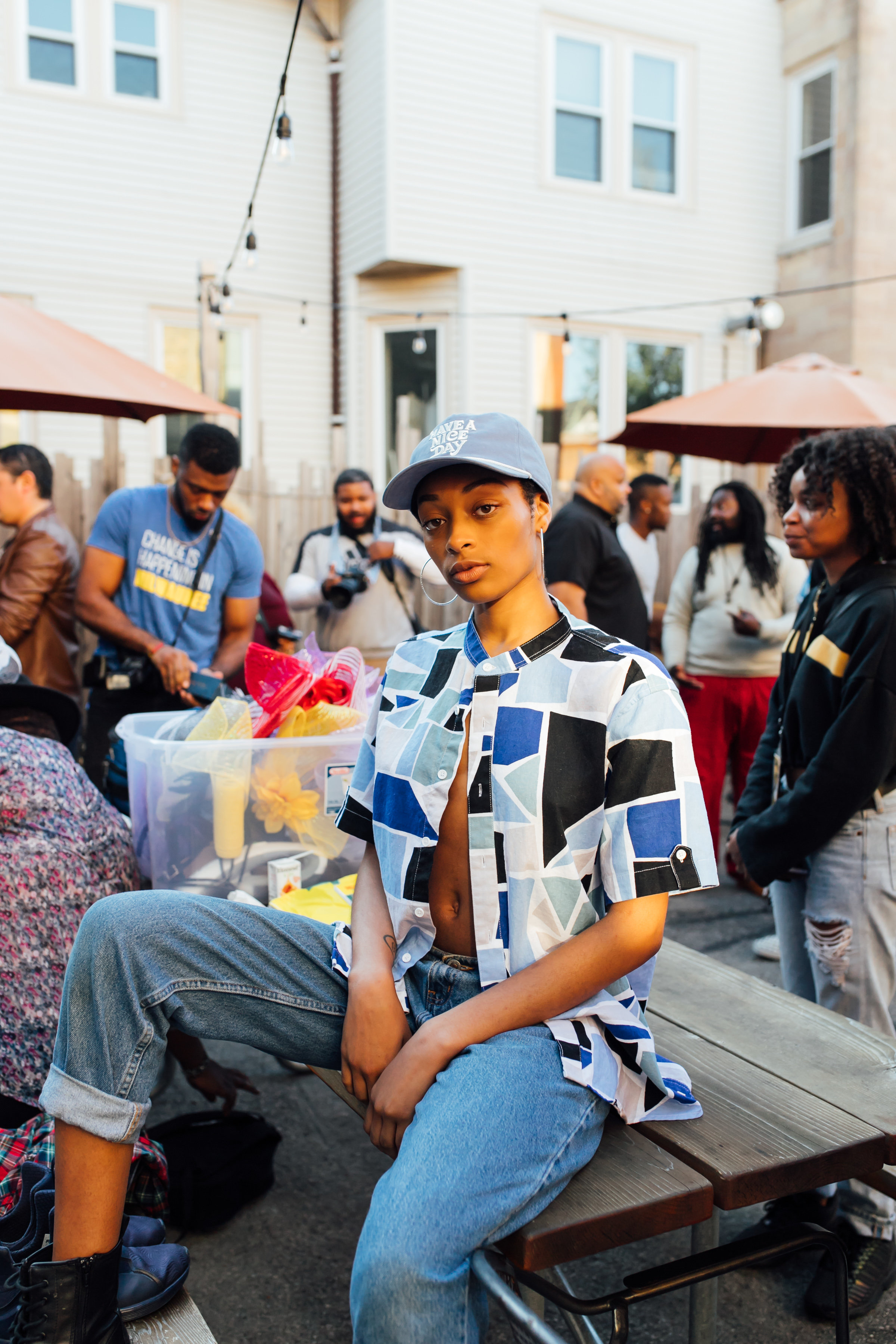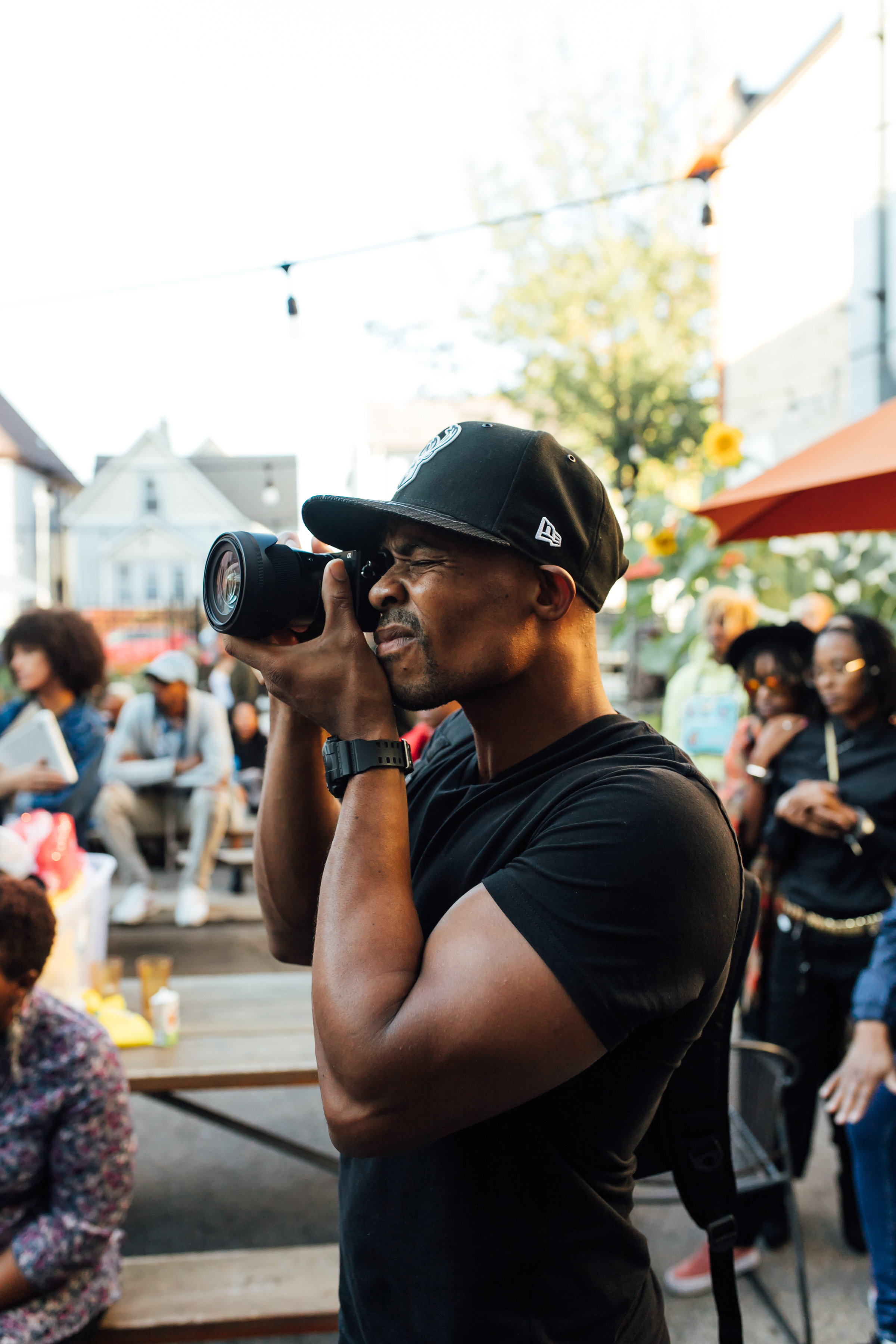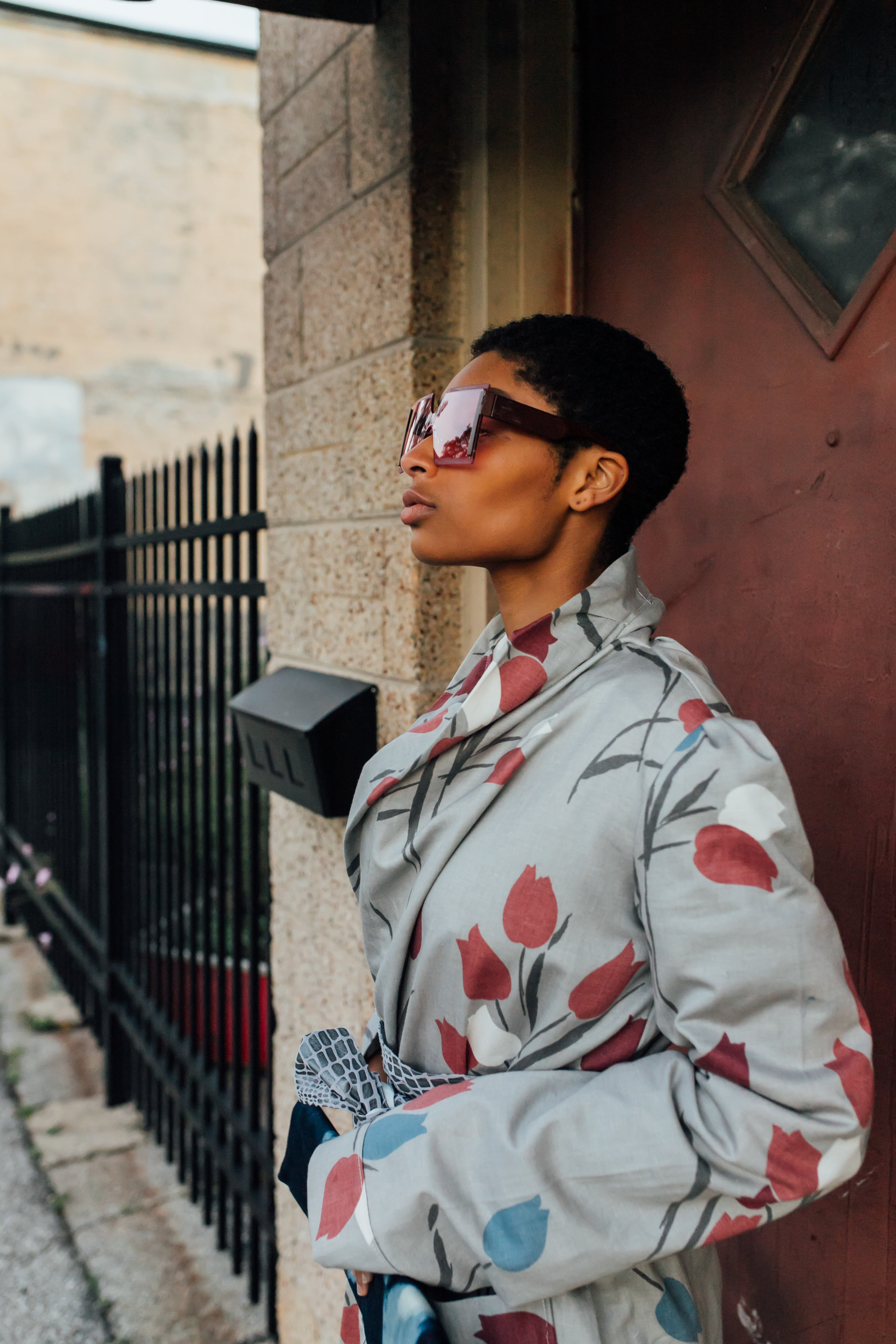ED: “Then it just came to me one day, ‘Why don't I just stand it up on two hooves?’ ”
CW: “Oh yeah? Like how it really looks?”
Emory lit up in laughter.
ED: “Haaaaaaaaaaaa, Yea. With the flies and everything. Then it really took on a life of its own. It became an iconic symbol that transcended the African American community. It became a universal symbol.”
CW: “Now everyone is calling them the pigs!”
He chuckled softly with a glimmer in his eye. As comical as the image was, and still is, it holds a weight that is the stringent representation of the unhuman like disposition the legal forces of our country has displayed against the disenfranchised. Though creativity comes in many forms, Emory had no clue his social expression would become such a major part of revolutionary rhetoric.
Now let's be clear, the times in which Emory made his mark were times of civil unrest, political and social scrutiny, and homefront combat. It was risky. There was bloodshed and unfortunately, there were lives lost. Enduring these times takes strength, not only physically, but mentally and emotionally.
ED: “People had all kind of issues that came together, to deal with the social injustices that existed. So whatever it was that you had when you came into the party, you brought that baggage with you. We had to respond to those problems the best we could.”
But it was his next comment that dropped down on the room. Just as deep as his art could display, so would his words cut:
“You could say people were psychologically already messed up from colonization.”
Well, then . . . no argument here.
Discussing today's realities versus the past, Emory believes that today’s issues are even more trying. He marks the dynamics that generations face now are layered with environmental plight (global warming or not, polar caps are melting), corporate exploitation/investment in culture (representation is being marketed as gatekeepers to our communities authenticity), political friction (we are closer to nuclear war than ever before), and social dysfunction (police brutality is still alive and well).
ED: “As much as things change. Somethings stay the same.”
As an artist his opinions on purpose and meaning are strong. The messages that his art and many others’ creativity display are not isolated depictions, but should and have transcended cultures, classes, and even the disciplines in which they are created.
ED: “The message comes from listening to the people . . . Hearing what they are saying and their concerns, as well as your own concerns integrating, comes out in the artwork. I mean you had older Black middle-class brothers and sisters identifying with the Pig drawing just as much as you did with the people out in the streets.”
He argues that his aesthetic as an artist grew out of the awareness that needed to be displayed during that time. When questioned about the importance of visual art as a form of protest, from the time of his very controversial symbolism with the Black Panther’s till now, he reminded us that the context of his art came out of an organization backing a movement. It was not his voice alone. It was not the Black Panther Party versus the world. It was the system against the people.









